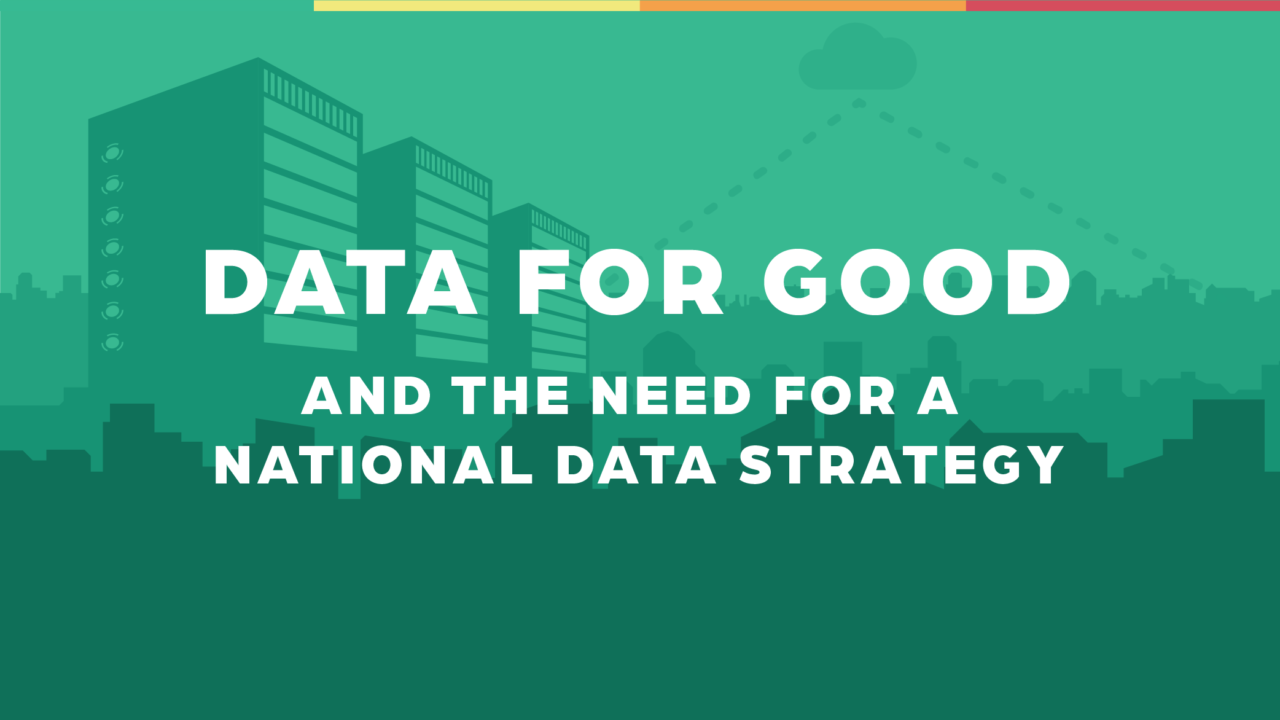During the pandemic, America has experienced an acceleration in digital transformation. Companies have had to rely further on the cloud and connectivity for remote work, and new technologies like extended reality (XR), identity management, and blockchain provide significant efficiencies to the business community. However, government IT has lagged far behind the private sector. From fulfilling vaccine deployment commitments to managing supply chains and distributing financial aid to small businesses and struggling households, government stumbles during the pandemic have highlighted how outdated government IT harms both the public sector’s ability to respond to a crisis and the public’s ability to receive vital assistance. Government must fully embrace cutting-edge technology and data analytics to generate the necessary resilience against future crises
Sadly, this problem existed way before the COVID-19 pandemic. For decades, federal and state IT infrastructure has woefully lagged the private sector. In fact, during the last decade, government agencies such as the Defense, Treasury, and Veterans’ Affairs departments have continued to use legacy hardware and software from as far back as the 1950s. This lack of investment and modernization has only been exacerbated by COVID-19 disruptions. The following are examples of how underinvestment in IT at both the state and federal levels have harmed the public:
- Recently, the Federal Communications Commission admitted it did not have the technology to effectively map and deploy broadband funding.
- The Small Business Administration’s loan processing system crashed twice in April of 2020.
- Health agencies are still using paper filing instead of digital, making tracking much slower.
- Connecticut’s website could not handle more than 8,300 unemployment benefits applications, “a fraction of the applications coming in.”
- New Jersey had to put out a request for volunteers who know programming language from the 1950s that runs the state’s employee benefits system.
This transformation and investment must take place at every level of government, as digital collaboration and communication have become essential for cities, state, and federal initiatives.
A digital transformation is enabled by different kinds of technology:
Cloud
Cloud computing enables the processing and storage of data to securely deliver services via the internet.
5G Connectivity
The COVID-19 pandemic has demonstrated how critical our connectivity infrastructure is to education, work, and many other elements of our daily lives. While policymakers have primarily, and correctly, focused on ensuring widespread broadband adoption in the United States, continued progress on advanced communications technologies such as 5G is essential to maintain U.S. global economic leadership and enable new opportunities for millions of Americans.
Internet of Things
Internet of Things (IoT) technology is revolutionizing how we live and do business. By some accounts, “IoT has a total potential economic impact of $3.9 trillion to $11 trillion a year by 2025.” Americans will benefit from IoT in the form of smart traffic and transit technologies, improved supply chain management, sustainable infrastructure, environmental quality, public safety, and modernized healthcare.
Blockchain
Technologies such as blockchain also hold the promise of securely transmitting information. Blockchain uses cryptographic methods to support secured transactions ranging from applications such as food security in supply chains to real estate title transfer.
IT Modernization Survey
In March, we surveyed 165 Chief Information Officers (CIOs) and Chief Technology Officers (CTOs) across mid- and large-sized U.S. corporations on the impact of outdated government IT systems.
Leadership
-
Co-Chair
Kevin Richards
SAP
-
co-chair
Danielle Johnson-Kutch
DocuSign
To learn more, please contact Michael Richards at mrichards@uschamber.com
Related Documents

Data for Good and the Need for a National Strategy
Coalition Letter In Support of Fully Funding the Technology Modernization Fund
Dear Chairmen Van Hollen and Quigley, and Ranking Members Hyde-Smith and Womack: On behalf of…
U.S. Chamber Applauds Bipartisan Endless Frontiers Act
Washington, D.C. — Today, the U.S. Chamber applauded the Senate introduction of the bipartisan Endless…
Tech And Business Groups Urge Investment In IT Modernization Of Face Recognition Vendor Tests
Washington, DC – Today, Internet Association (IA), Alliance for Digital Innovation (ADI), Security Industry Association (SIA),…
Government Needs a 21st Century Digital Transformation
It’s 2021, but some government agencies are still running on systems from the 1950s. Legacy…
America’s R&D Leadership Is in Peril – Here’s How We Can Save It
America’s R&D infrastructure enabled us to win the Cold War, put a man on the…
Testimony on R&D Before the U.S. House Committee on Science, Space, and Technology
BEFORE THE U.S. HOUSE OF REPRESENTATIVES COMMITTEE ON SCIENCE, SPACE, AND TECHNOLOGY …
Joint Letter with Common Sense and the Players Coalition to Close the Digital Divide
Dear Mr. President and Members of the United States Congress: As leaders in business, sports,…
Coalition Letter in Support of Funding of IT Modernization in the “American Rescue Plan”
Dear Speaker Pelosi, Majority Leader Schumer, Minority Leader McConnell, and Minority Leader McCarthy: We write…
The Weekly Download
Subscribe to receive a weekly roundup of the Chamber Technology Engagement Center (C_TEC) and relevant U.S. Chamber advocacy and events.
The Weekly Download will keep you updated on emerging tech issues including privacy, telecommunications, artificial intelligence, transportation, and government digital transformation.
